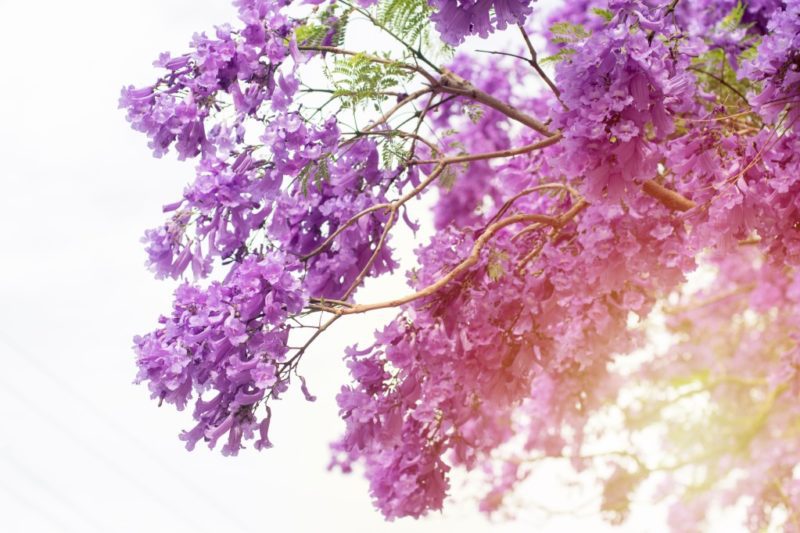

This magnificent Matilija Poppy, also known as a Fried Egg Flower, steals the show at the back of Balboa Park Club on Palm Canyon Trail.īehind the fireplace, hornos and other relics of the club, tall Matilija poppies demanded our attention, their white fragile petals resembling crepe paper. But I recognized it as the Balboa Park Club, a place where we do attend once in a while the bimonthly ballroom dances. It was as though we had arrived at another land. Soon we found ourselves behind an adobe-style building with an intriguing back yard area with an old stone fireplace and relics of hornos, the ovens you’d find at a typical home in Mexico. The fragrance in the air was light and sweet, warming us in the gentle afternoon sun. We went on, the path slowly elevating in height and becoming overgrown with healthy shrubs of all kinds, such as laurel sumac. The leaves resembled the hands of giant gnomes.

As my husband and I headed up to the secondary path to the left and above us, we marveled at the robust leaves of exotic palms we’d never seen before. Bright green palm fronds fingered the azure sky. It took just twenty minutes to walk the trail, palm trees everywhere beside, under and above us. These exotic palm tree leaves resemble the hands of a giant gnome at Palm Canyon Trail. I suppose figs are an acquired taste for our feathered friends. I always wonder why we don’t see more birds in the area.

The fragrance of the figs is a sweet, musty one. “Glad we’re wearing hats,” I said, stepping around the fallen fruit on the stairs. As we descended down the wooden staircase, we heard and saw figs dropping from the trees overhead. It made me sad then but when my husband and I explored the trail, the wound from the fallen branch looked smaller, almost like it had healed over. Several years ago, a large branch had fallen down onto one of those finger-like roots it carved out a huge chunk of the root. To the right and left, the giant roots of the fig trees stretched out over the ground like a giant troll’s fingers and arms. The wooden bridge at the top of Palm Canyon is a favorite spot for photographers.Ī few weeks ago, my husband and I ventured out on that trail. I made a mental note to someday walk the rest of the trail. After scampering away a few feet from the wild animal in the bushes, we laughed ourselves silly when we saw that it was a little fox squirrel. We were in selfie-heaven when we heard a scuffling sound in the brush and we both shrieked and jumped sky-high from fright. I took snapshots of her and me hiding behind a small stand of palm trees immediately after the start of the dirt path. We headed over to the giant fig trees and down the wooden staircase.
San diego trees with purple flowers how to#
After I’d treated her to lunch at the Prado, she had shown me how to take selfies with my phone, and I was giddy and giggling as I experimented. I was with the teenage girl whom I was mentoring in the early 2000s when I first discovered the beginning of the path, although I did not recognize at the time it was a trailhead. 2.The ‘upper path’ of Palm Canyon Trail leads to Balboa Park Club. Stunning color and an amazing fragrance make the Jacaranda one of the best flowering trees Southern California has to offer. Jacarandas love sunny spots with well-drained, fertile soil. Make sure to keep these trees far enough from swimming pools or other objects that could be difficult to clean.

These trees will create a beautiful purple-blue carpet underneath after blossoms fall. A knowledgeable landscape designer can help to determine the perfect spot to plant this flowering tree on your Southern California property. Jacaranda trees can reach 30-45 ft in height and width. After leaves emerge, a second bloom can sometimes be seen, but in fewer numbers. Glorious displays of purple-blue, fragrant panicles cover the canopy of the Jacaranda tree in late spring. The definition of Jacaranda is “fragrant”, which can give you a tip of why it’s one of our favorite flowering trees for Southern California. Its latin name is also used as its common name. Native to Central and South America and the Caribbean, the Jacaranda tree is an excellent choice for your Southern California property.


 0 kommentar(er)
0 kommentar(er)
